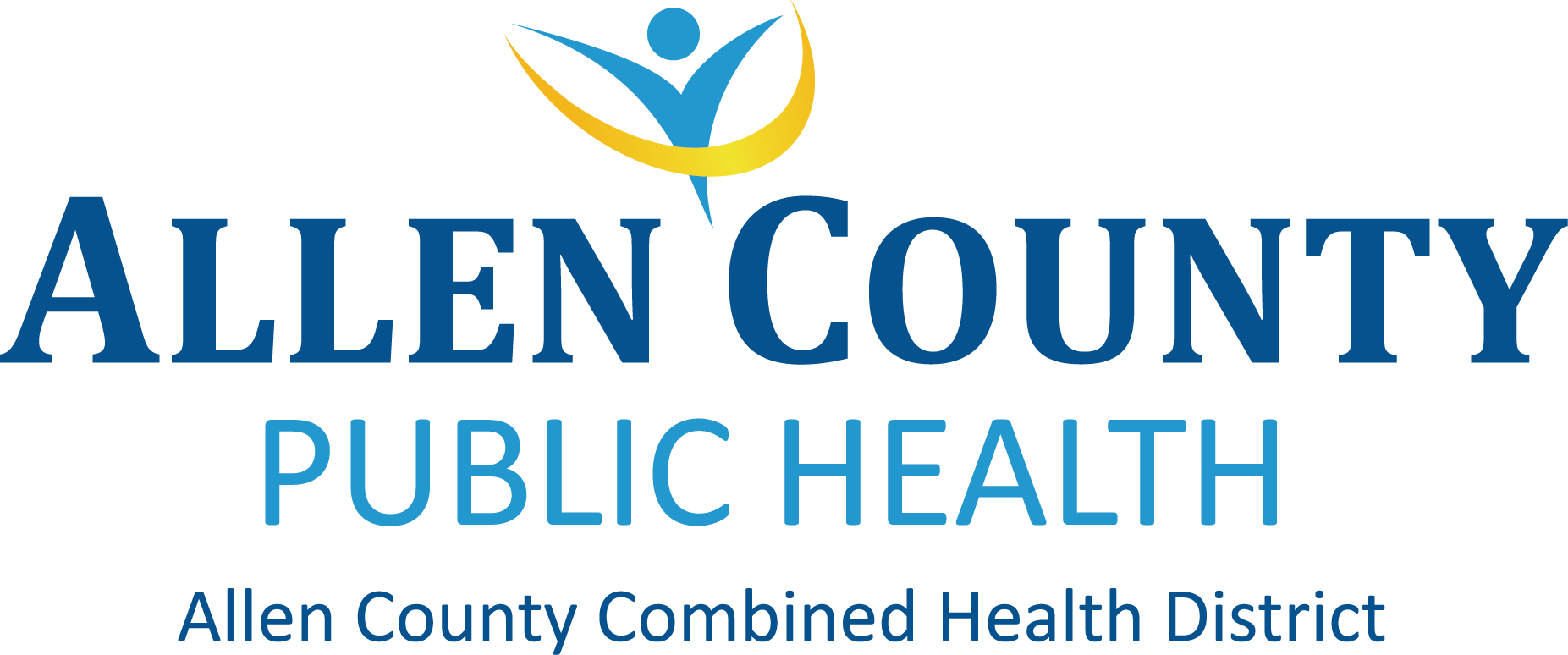Highly Pathogenic Avian Influenza (HPAI) – “Bird Flu” (H5N1)
ACPH is monitoring the outbreak of Highly Pathogenic Avian Influenza (HPAI) in dairy cattle. HPAI continues to spread among animals, having been reported in infected dairy herds across several states, including Ohio. The CDC is working closely with the Department of Agriculture (USDA) to monitor the current H5N1 bird flu situation in wild birds and poultry, dairy cows, and random infections in other mammals.
The current risk of bird flu for the general public is low. However, people with close, prolonged, unprotected contact with infected birds and other animals are at greater risk of infection. The best way to prevent bird flu is to avoid unprotected exposures to sick or dead animals, their feces, or materials that may have been contaminated by these animals. People should not eat uncooked or undercooked animal products, including raw or unpasteurized milk or dairy products. Personal protective equipment (PPE) can also be provided to help limit exposures.
The Ohio Department of Health (ODH) is distributing personal protective equipment (PPE) to dairy farms, poultry farms, and slaughterhouse workers who may need it. ODH has developed a webpage and Guidance for Farm Workers. The webpage and guidance document both have a survey link to request PPE.
The reported signs and symptoms of bird flu virus infections in humans are similar to other respiratory viruses and range from no symptoms to mild illness (such as eye redness or mild flu-like upper respiratory symptoms) but can become severe (such as pneumonia requiring hospitalization). Less common signs and symptoms are diarrhea, nausea, and vomiting. Fever may not always be present. Bird flu cannot be diagnosed by clinical signs and symptoms alone and is usually detected by laboratory testing. If you would like more information or think you have worked with, or been exposed to, HPAI-infected animals, click here.
